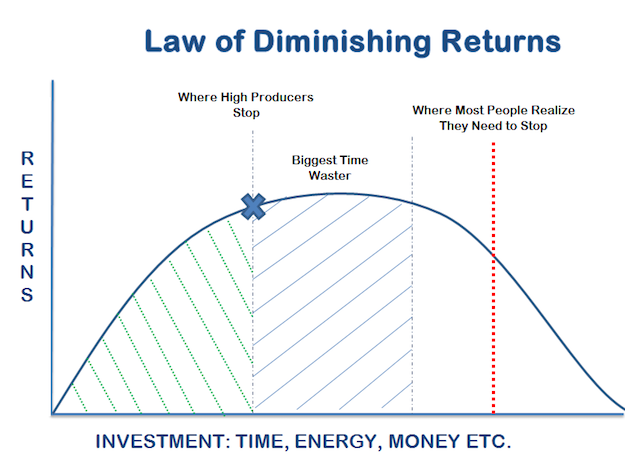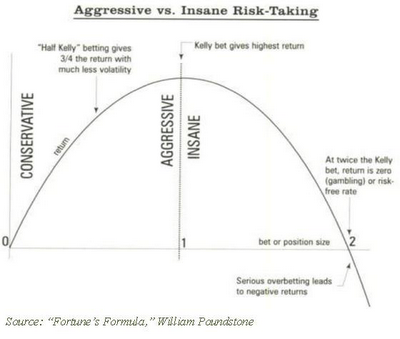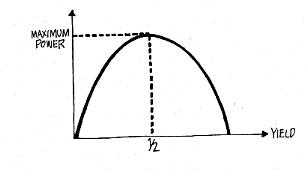Behavioural finance is a relatively new field in the financial world that explains why people make irrational financial decisions. It is mostly influenced by Daniel Kahneman, the author of the best selling Thinking, Fast and Slow and a Nobel prize winner for his contribution in this area.
Daniel Kahneman, together with Amos Tversky, developed prospect theory that describes how people make decisions under risk and uncertainty.
Prospect theory provides insight on the phenomena where people consistently make irrational decisions under uncertainty where they are expected to maximise their wealth which is typical in economics model. Their behavioural biases often lead them to make irrational decisions that make them worse off.
It is a breakthrough discovery. However, the theory does not explain how people behave when there is too much “certainty” (when there is nothing new happening in their everyday life).
I would like to know how people behave when there is too much certainty (where they think they know what is going to happen)?
What would happen when people eat the same food over and over everyday for their life? They would get bored even if the food involved is their favourite food.
Theory of Boredom
Theory of Boredom is a complementary theory to prospect theory. It explains how people behave under too much certainty. It explains why people do things they do when they are bored.
Theory of Boredom suggests that under situation where there is too little change, people make dumb (wealth destroying) decisions on purpose just to see some action.
Boredom kills (literally) certain people. They make decision because they want something to happen. People act irrationally because of boredom.
In the case of stock investing, they sell good stocks simply because the prices don’t move. They act on impulse.
The impact of boredom in human’s life is huge. Life is a long journey which is filled mostly with mundane activities.
Combining theory of boredom with the prospect theory, it seems that human behaves irrationally most of the time under both high certainty and low certainly situations. Situation where there is high certainty is now. Situation where the is low certainty is in future.
We need to protect ourselves due to our limited rationality. We are sane only up to a point. We are not sane all the time.
Conquer Boredom for Extraordinary Achievement
Having the capability to endure boredom is key to extraordinary achievement.
There is scientific evidence for this. Remember the marshmallow experiment that studied delayed-gratification? Kids were given a treat (marshmallow), they could eat it immediately. However, if they could wait for 15 minutes, they would get another treat. There are correlations between the results of the experiments and the success of the children many years later. Those who got the second treat “were described more than 10 years later by their parents as adolescents who were significantly more competent.”
People who can endure boredom have higher chance to succeed. They practise more when learning a new instrument. They can do the repetitive task to perfection. They don’t make stupid decisions just to see ACTION.
People give up because they are bored.
In another words, people who can endure boredom have grit. There is a best seller book Grit: The Power of Passion and Perseverance by Angela Duckworth which talks about the merit of grit.
How Warren Buffett makes money?
Once being asked how he makes money, he answered “By snoring.”
Most of the money Warren Buffett earned is in the waiting. Indeed, according to report, in 2013 alone, Buffett made $37 millions every single day by doing nothing. For us, it is like hitting jackpot every day.
He earns more in one day than the majority earn for their whole life (or even multiple life times).
If Buffett was bored of seeing the same thing happening everyday, he might decide to make changes to get excited even to the detriment of his portfolio. However, he didn’t.
The ability to conquer boredom is one of the most underrated skills.
Good things take time to develop. This is especially true in stock investing. A 100-bagger takes an average of 25 years to deliver as documented in 100 Baggers: Stocks That Return 100-To-1 and How to Find Them.
Imagine waiting for 25 years doing nothing for your investment portfolio. Most people would go insane. They would give up as predicted by the theory of boredom. Therefore they won’t live to see the result of 100-baggers.
As Charlie Munger points out, human achieves great things by avoiding BIG mistakes. It is less about making wise decisions. “It is just avoiding stupidity.”
What Charlie said has deep implication: it means that anyone with common sense can be successful as long as the big mistakes are avoided.
How people conquer boredom?
Some people are able to conquer boredom because they are not bored in the first place. They allocate their attention to the right place. Attention allocating skill is an important concept. People who have a better control of their mind have a better attention allocating skill.
Research (as documented in The Organized Mind: Thinking Straight in the Age of Information Overload) shows that by simply focusing on object A makes you ignore object B.
How not to think about a polar bear? By thinking of an elephant!
These people have a goal. Their goal is a story that they belief in. They have a “belief” system.
For instance, if you believe in education and its grading system, your grade is a mere reflection of how much you believe in the system. People who believe in the system will get a better grade than those who do not believe in it.
The same goes for wealth building, your wealth is a mere reflection of how much you believe in the economic system.
The more you believe in something, the more you invest your TEA (time, energy and attention) in it.
Different belief leads to different decisions and thus behaviour. Different behaviour leads to different outcome.
Having a belief system is useful because the system rarely change but our emotion is. Our emotion tricks us into irrational decision of abandoning the system.
Believe in value
Theory of boredom describes the behaviour of people who don’t have a belief system. These people will get bored easily and commit stupid mistakes.
However, it is not enough to have any belief system. Having the wrong belief system is more damaging than having none at all.
A belief system must be based on value with solid reasons behind.
Here are two example mindsets that I find useful as a guide to create a belief system:
- scientific mindset: hold only the best (or the luckiest?) idea. The best explanation wins. Constantly search for the best idea. Believe only in the best idea. Track, measure and analyse. Experiment. Similar to growth mindset, the mind grows with every new piece of evidence/knowledge.
- entrepreneur mindset: turn scarce resource into productive assets. Explore and exploit inefficiency to create wealth. Solve problems.
Final Thoughts
Having a belief system makes the world a meaningful place. It is no longer boring at all.
It is the mindset that we have that matters in the end. The world outcome depends on how we see thing. It is all in our mind.
Remember how Buffett makes money? By snoring. There is so much to learn from one of the world greatest investors.


